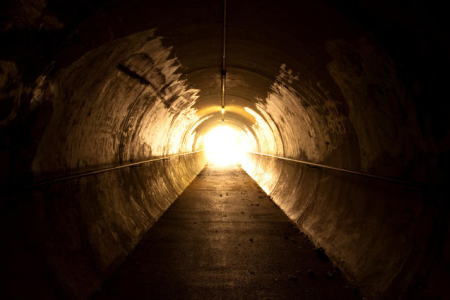Past Writings of Kabbalists Were Often Hidden
Anything that people need spreads naturally in the world. But when it comes to The Zohar and the Kabbalah, matters are not that straightforward.
The disclosure of the writings of Kabbalah has been accompanied by intriguing stories. The Book of Zohar has undergone many hardships, and only a small portion of the original manuscript remains today. The writings of the Ari [Rav Isaac Luria, author of The Tree of Life], were dug out of his grave only three generations after his demise. Indeed, there is a special integration of revealed and concealed, and painful labor pangs when it comes to expanding the wisdom of Kabbalah.
Difficulties that Surrounded the Spreading of Kabbalah in the 20th Century
Baal HaSulam made great efforts to publish his interpretation on The Zohar, the Sulam [Ladder] commentary, and wrote as much as 20 hours a day. When he fell asleep on his desk, it was hard to pull the pen out of his hand because his fingers were cramped around it.
For lack of funds to print the manuscripts, he had to wait until he could find the resources. And once he found them, he arranged the lead letters in the printing press by himself, although he was already ill and very weak. Yet, volume by volume, his life’s work was completed.
Still, people were afraid to open The Zohar and preferred to stay clear of it. As early as 1933, Baal HaSulam began to disseminate the wisdom of Kabbalah in an effort to prevent the looming holocaust. “Time to Act” was the title of his opening essay in the first tract that he printed—out of fifty that he had planned to publish. However, his work was frowned upon by certain orthodox circles, and within a few weeks they managed to apprehend the printing of the tracts to prevent the expansion of the wisdom.
In 1940, Baal HaSulam published a paper, The Nation, in which he called upon the Israeli nation to unite. His wish was to establish a by-weekly paper, but the paper initiative, too, was thwarted after the publication of the first issue.
Continue reading “The Real Reason Why Kabbalah Was Hidden for Thousands of Years”




